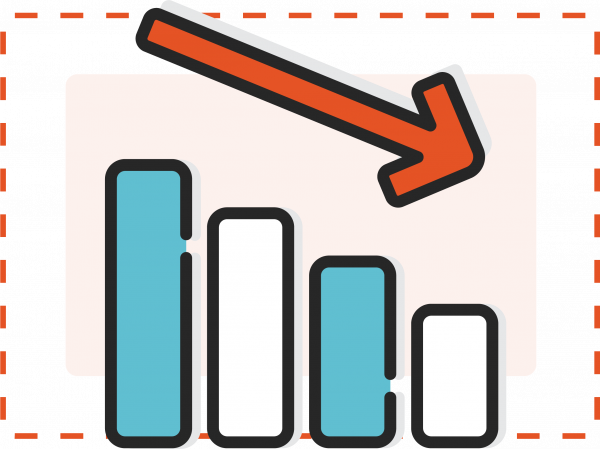Digitization is inevitable.
Businesses need technology and software solutions to achieve this.
Today, all business leaders invest money in software solutions to enhance customer experience with immediate and long-term goals.
If you are investing money somewhere, are you able to measure it? Where is your money going? Is it adding value to your earning or getting waste?
If you can analyze where your investment is adding value and where it is getting waste, you are enabling value stream management in your investment process.
This is how value stream management works in a business. It is a business practice that finds and displays all the critical steps in a specific process. It quantifies the time and volume every stage needs. Thus, value stream maps show the flow of both information and materials as they progress through any process.
For example, if you are developing apps for your customers, you need to find out the whole development process’s timeline and figure out where it takes more time.
As per Forbes, value stream management is a lean business practice that helps determine the value of software development, delivery efforts, and resources. It also improves the organization’s flow of value while managing and monitoring the software delivery life cycle from end-to-end.
Salesforce custom development also needs value stream management to trace investment throughout the whole implementation. Value stream management plays a vital role in boosting the Salesforce ROI. While the optimizing concept to assess waste or efficiencies is pretty simple, implying it for the software development process is complex.
Mapping the value stream in your Salesforce delivery process
How to map the value stream in a Salesforce delivery process?
We have figured out three major processes where you can closely monitor testing, integration, and deployment to make the most of your Salesforce ROI.

Deployment Frequency
Deployment frequency implies how frequent deployment happens in an organization. If you deploy a large piece of code with less frequency, there are significant risks of failures. Hence, deploying smaller batches with more frequencies is a smart option. It reduces the chances of failure with better test and rollback. It assures high quality in the release of every batch by enabling a higher value flow.
DevOps is beneficial for the long run in increasing deployment frequency. CI/CD, automated testing, and quality assurance empower your team to move faster without compromising the quality.

Change Failure Rate
A deployment error can disrupt your business. The change failure rate is an important metric that shows the production release percentage that creates deployment errors. Hence, businesses want to maintain a low rate of change failure. But it’s critical in Salesforce. You have to measure and optimize the change failure rate to mitigate risks.
Minimizing the change failure rate coexists with a multitude of issues. Often the teams are packaging and testing a high volume of work manually via change sets. And you are prone to commit errors, especially when your admin is updating in the production. There are three key areas where you can minimize the change failure rate:
- Process
- Boosts your deployment frequency
- Minimizes your deployment size
- Avoid making direct changes in production.
- Automation
- Implement automated regression testing
- Utilize CI/CD to minimize human error and scale deployments
- Tech Debt
- Enhances your architecture with simple and scalable code

Meantime for Recovery
How much time do you need to troubleshoot any deployment failure? The more downtime, the lower the productivity, and hence is the customer trust. It can have both an immediate and long-term impact on your finance.
Many salesforce teams don’t have any evaluation mechanism to monitor the changes in the release management sequence. Hence, CI/CD is essential here. It empowers you to view version control and change history and the factors that cause issues in the production environment. Additionally, you can implement DevOps to roll back the failure and roll forward the fixes.
Get Started
Mapping value stream and tracking primary metrics throughout the Salesforce release management help you visualize processes, measure performance, and quickly assess improvement chances. Building such kind of reporting process from zero is challenging, costly, and time-consuming. You can use Skebot (free to use) for mapping the value stream in your Salesforce projects. You can monitor everything happening on a real-time dashboard and migrate Salesforce metadata via code reviewing and deployment. Skebot also enables you to connect various organizations on an integrated platform. You can access multiple sandboxes in one place.
Want to know more about optimizing the delivery performance of your Salesforce projects? Get in touch with us.











